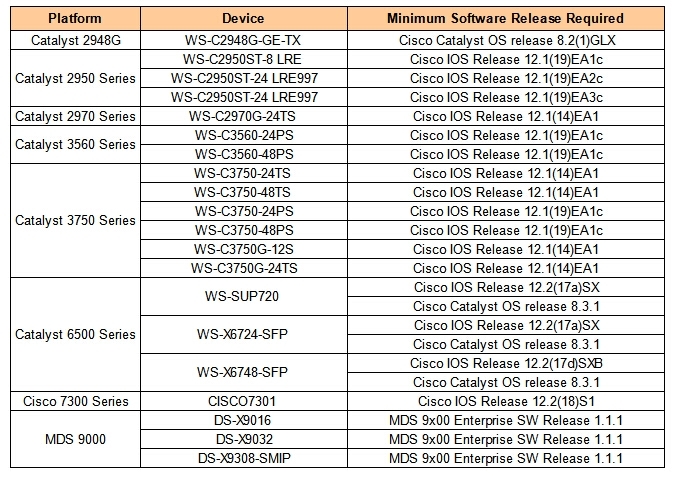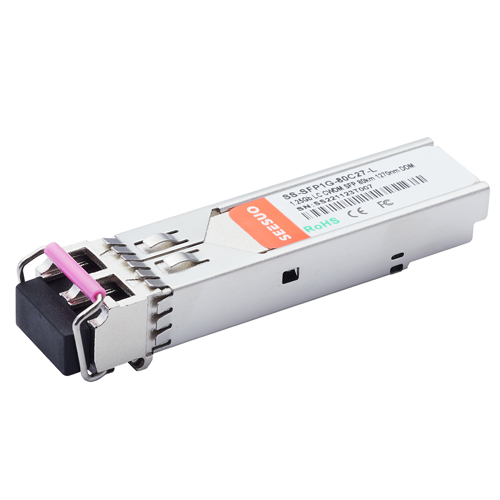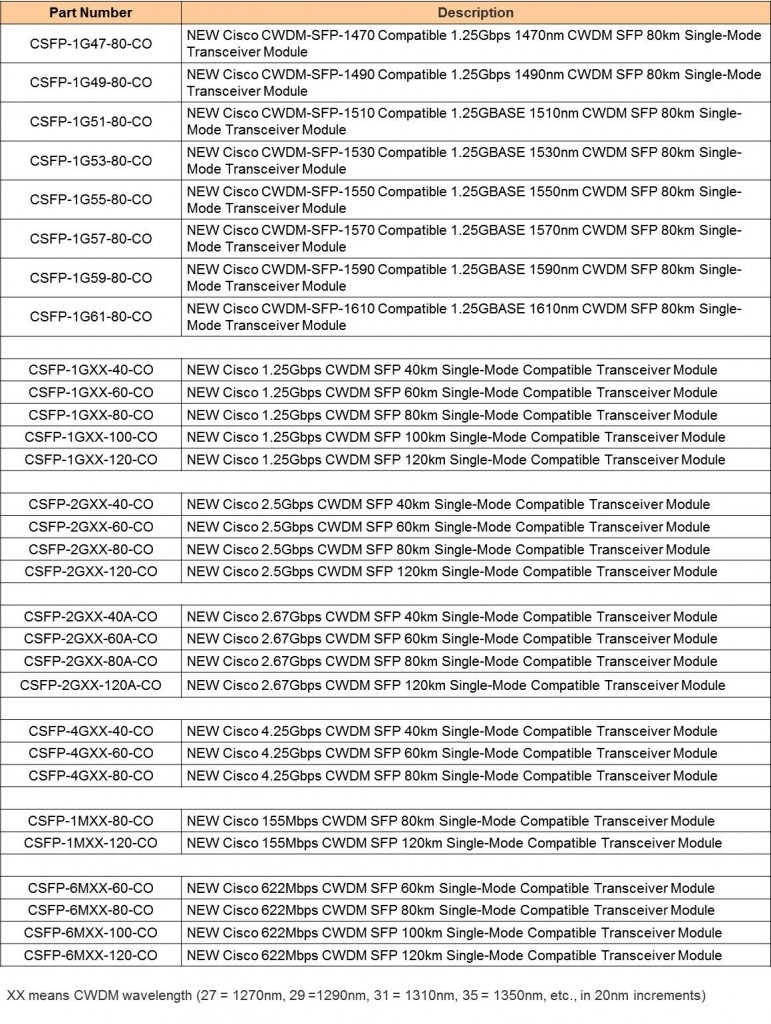- Related articles
- All Cisco DS-CWDM4G1470's information (List price, Specs, Datasheet PDF, Compatibility mat
- Optical Transceivers for Cisco WS-C3750V2-24TS-S Switch
- Optical Transceivers for Cisco WS-C3750V224FSS-RF Switch
- The difference between QSFP+ and XFP
- Applicable to 40GBASE-SR Standard Optical Transceiver Models
- Optical Transceivers for Cisco SG250-26HP-K9-EU Switch
- Difference between GLC-SX-MM and GLC-SX-MMD
- The Difference between PCI Express x1, x4, x8 and x16
- Optical Transceivers for Cisco WS-C3560CX-8TC-S Switch
- All Cisco XFP-10GER-192IR+’s Information (Overview, Features, Datasheet PDF, Price, Specif

Overview
As we know, CWDM (Coarse Wavelength Division Multiplexing) is a technology of combining multiple signals on laser beams at various wavelengths for transmission along fiber optic cable. It is a choice for cost efficiently transporting large amounts of data traffic in telecoms or enterprise networks. By using CWDM technology, different transceivers can have different wavelengths assigned to them. These SFPs designed with CWDM technology we called CWDM SFPs. CWDM SFP module is a convenient and cost-effective solution for the adoption of Gigabit Ethernet and Fiber Channel(FC) in campus, data-center, and metropolitan-area access networks. This paper will take an overview of Cisco CWDM SFPs, and share a cost-effective and scalable solution to it.
Cisco CWDM Modules Brief Introduction
According to the definition of Cisco System, a Cisco Coarse Wavelength Divison Multiplexing (CWDM) SFP is a hot-swappable input/output device that plugs into an SFP port or slot of a Cisco switch or router, and links the port with the fiber-optic network. The Cisco CWDM SFPs are multirate parts that support both Gigabit Ethernet and Fibre Channel (1 Gigabit and 2 Gigabit). They come in eight wavelengths that range from 1470 nm to 1610nm. In addition, in order to better identify the wavelength to which the Gigabit Ethernet channel is mapped when using these CWDM SFPs, Cisco use the color markings on the devices (Color arrow on label & Color coded bale clasp) to achieve this. The following table lists the Cisco CWDM SFPs with their wavelength and color codes as well as the Cisco CWDM SFPs supported platform and minimun software release requirements.
Table 1: Cisco CWDM SFPs

Table 2: Cisco CWDM SFPs Platform Support and Minimum Software Release Requirements

A Cost-effective & Scalable Alternative Solution To Cisco CWDM SFPs
From a low cost point of view, Cozlink offers a cost-effective CWDM SFPs solution which is 100% compatible with Cisco devices. Moreover, with the advantage of our integrated manufacturing capability, excellent R&D team as well as the scalable operation infrastructure, we offer a scalable solution based on the Cisco CWDM SFPs with multi-rate transceiver for data rates from 100 Mbps up to 4 Gbps, transfer distance at 20-40km, 40-80km and 80-120km as well as different color marking options that better satisfy the different requirements on parameters of our clients.

- Multi-rate Transceiver for data rates from 100 Mbps up to 4 Gbps
- 3.3 V operating voltage
- AC/AC Coupling according to MSA
- Class 1 Laser International Safety Standard IEC-60825 Compliant
- RoHS Compliant
- Multiple Gigabit Ethernet Links
- Remote Storage Area Networks
- Hybrid CWDM and DWDM networks
- Ethernet, Fiber Channel, or SONET/SDH data links
Cozlink Cisco Compatible CWDM SFPs Color Coding
Cozlink Cisco Compatible CWDM SFPs Information

Cisco CWDM Transceiver Modules
Cisco CWDM GBIC and SFP Solution
Overview
Key Features and Benefits
- Use of Layer 2 and Layer 3 redundancy and failover mechanisms at the channel endpoints (Cisco CWDM GBIC/SFP) to build highly available links
- Use of two-path link configurations in a ring architecture to provide protection from fiber cuts
Cisco CWDM Transceiver Modules
Cisco Coarse Wave Division Multiplexing (CWDM) Solution allows scalable and easy-to-deploy Gigabit Ethernet (GbE) and Fibre Channel services. The combination of CWDM GBICs and CWDM SFPs and CWDM Optical Add-Drop Modules (OADMs) and Multiplexers enables the design of a flexible and highly available multiservice network. The Cisco CWDM Solution offers a convenient and cost-effective solution for the adoption of optical Gigabit Ethernet in campus, data center, and metropolitan-area access networks.
Cisco CWDM Solution consists of a set of eight different Cisco CWDM GBICs (one for each of the eight different colors or wavelengths), 8 different SFPs, a set of 8 single wavelength/dual channel OADMs, two 4 channels OADM/MUX and an 8 channel MUX along with a CWDM rack mountable chassis.
What is Solution To Cisco CWDM SFPs?
The term "solution" can mean different things in different contexts. I assume you're asking about what the "Cisco CWDM SFPs" offer or solve in a networking context.
Cisco CWDM (Coarse Wavelength Division Multiplexing) SFPs are a type of optical transceiver that Cisco provides for its switches and routers. CWDM is a type of WDM (Wavelength Division Multiplexing), which is a method used to increase the bandwidth of fiber optic networks by transmitting multiple wavelengths (or channels) of light on the same fiber.
Here are some key aspects and solutions provided by Cisco CWDM SFPs:
-
Increased Bandwidth: Cisco CWDM SFPs allow for multiple channels/wavelengths on a single fiber, effectively multiplying the bandwidth without needing to lay more fiber.
-
Cost-Effective: Deploying CWDM can be a cost-effective way to increase bandwidth since it avoids the need for extensive new infrastructure. You're essentially getting more out of your existing fiber.
-
Flexibility: Cisco's CWDM SFPs support a range of wavelengths, allowing for flexible channel planning.
-
Distance: Depending on the specific model and application, Cisco CWDM SFPs can support various distances, often ranging from a few kilometers to tens of kilometers.
-
Interoperability: Cisco CWDM SFPs are designed to be compatible with a wide range of Cisco switches, routers, and other hardware.
-
Monitoring and Diagnostics: Some of Cisco's CWDM SFPs offer digital optical monitoring capabilities, allowing for real-time monitoring of the transceiver's operating parameters.
-
Applications: Ideal for use in metropolitan area networks (MANs), where distances between network nodes are longer than what's typically seen in a local area network but shorter than in a wide-area network.
In summary, the solution provided by Cisco CWDM SFPs is that they offer an effective way to expand the bandwidth of existing optical networks by multiplexing multiple wavelengths onto a single fiber. This offers a balance between cost, bandwidth expansion, and performance for network administrators. If you have a specific issue or use case in mind regarding Cisco CWDM SFPs, please provide more details for a more tailored response.






































































